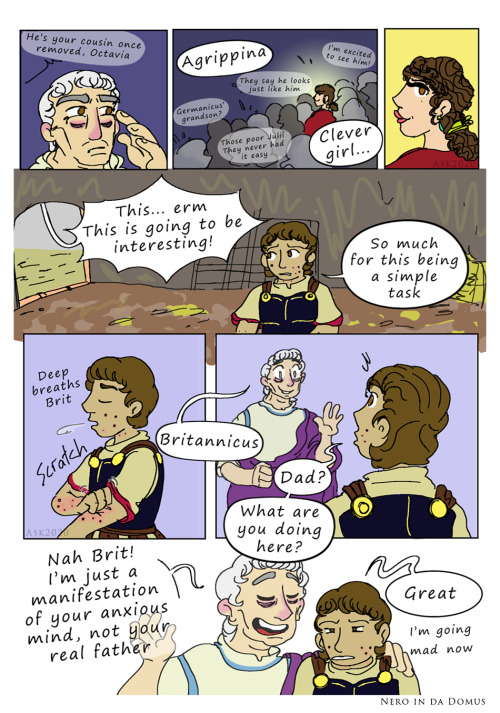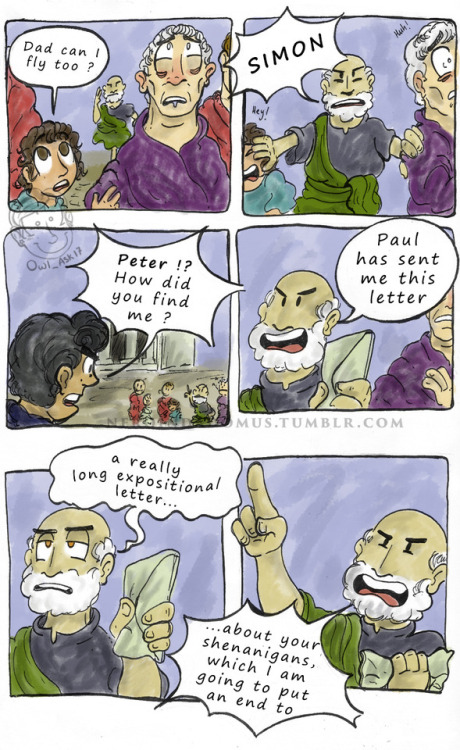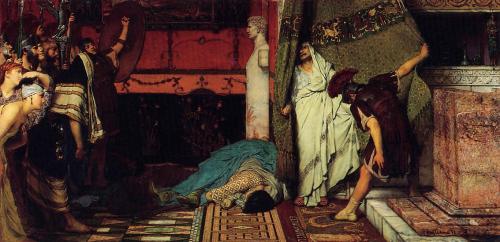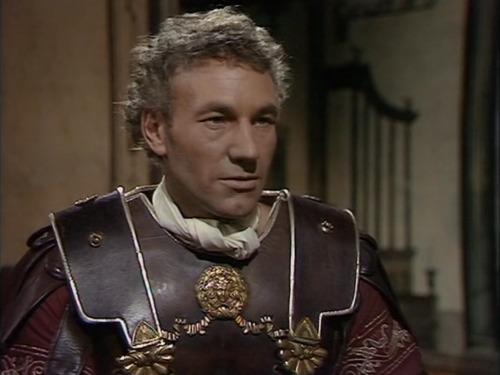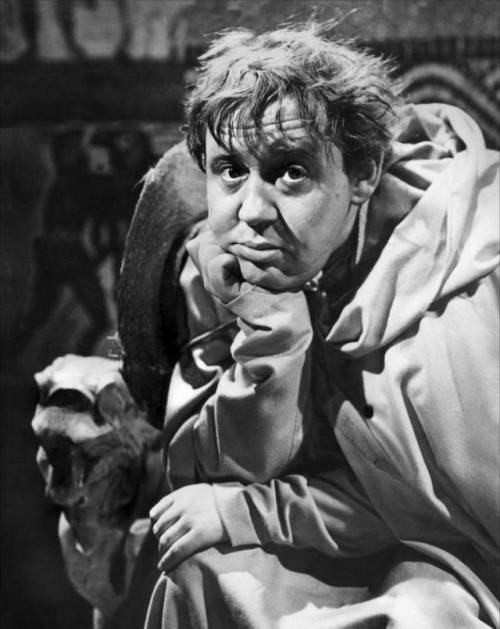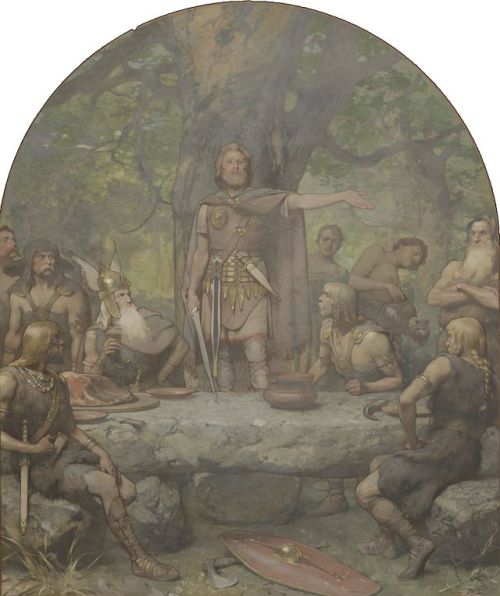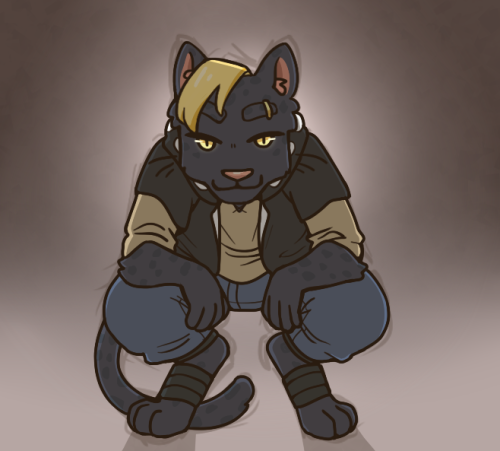#claudius
The Trojan Games - Part 3
If Agrippina knew one thing, it’s getting all the attention for her son and making him the number one topic.
——————————————-
Artist’s Note:
I’m actually not sure if Britannicus and Octavia have met Domitius/Nero prior his official public appearance (aka the Trojan Games). One would think that they might have, since they are related and all. However considering that Agrippina and Messalina didn’t like each other very much and Agrippina thus wanted to stay out of the public eye for a while, there’s a high chance that they didn’t.
Therefore for the comic’s “lore” these games will officially be the first time that they see each other. The trio, as it probably went down in history, all knew of each others existence prior to the games, cause adults like to gossip on other family members.
——————————————-
New characters featured on this page are (in order of appearance):
Agrippina minor(Mother of Nero, Niece of Claudius), Ghost Claudius
Post link
ah yes, my favorite hamlet characters- gertrude, hamlet, horatio, polonius, claudius, laertes, and *opens a secret door leading to a room with walls adorned with flowers and delicatetly strokes a painting in the middle*
ophelia✨
Day 9 of drawing World Flipper characters in cosplay, and I drew a sneaky, blonde boy as a sneaky, blonde boy~ Claw/Claudius/Kuro as Kano Shuuya from KagePro~
Post link

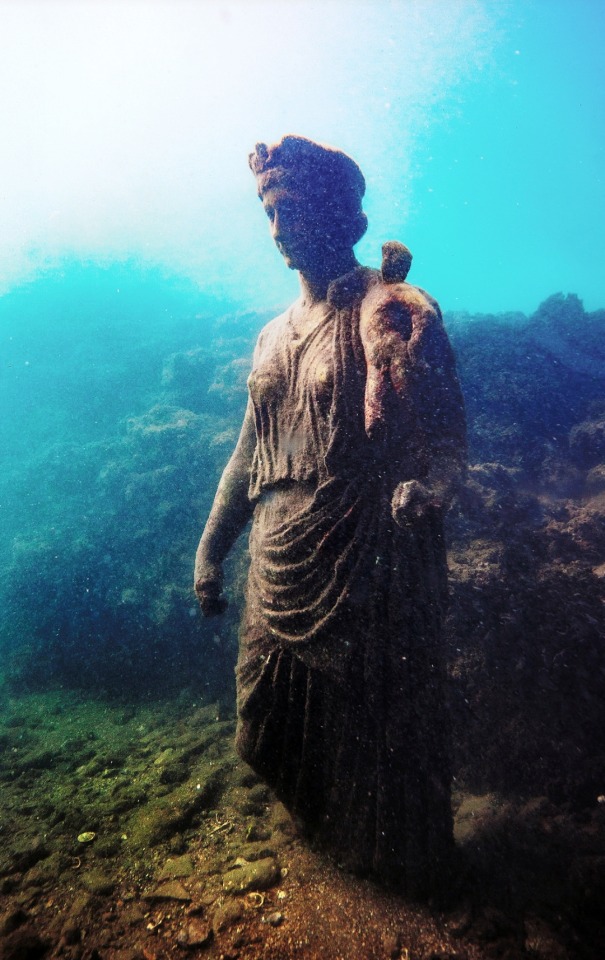

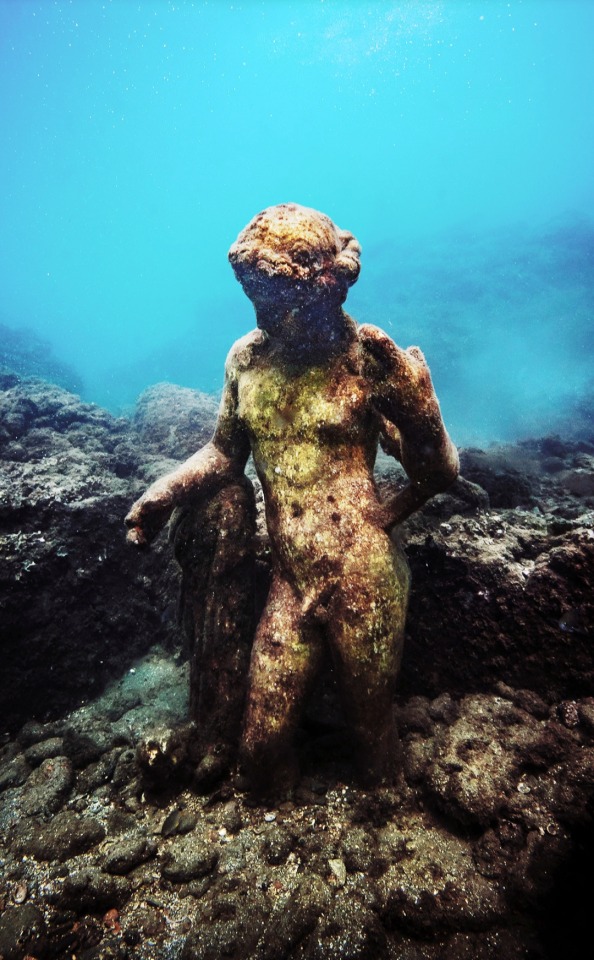

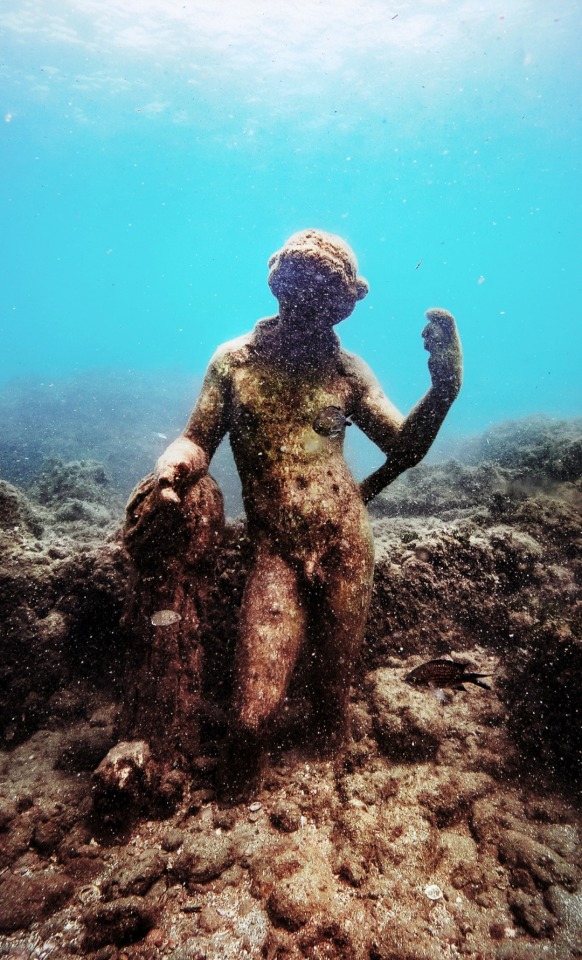
Nymphaeum of Punta Epitaffio
The submerged remains of Emperor Claudius’s Nymphaeum was discovered intact at the foot of Epitaffio Point. It is a rectangular building headed with an apse and is decorated with a series of sculptures reconstructed as originally found.
- Underwater Archaeological Park of Baia.
THEHORREA GRANDI OF OSTIA








Aelius Aristides called Rome “the warehouse of the world.” The numerous warehouses of Ostia, Portus, and Rome itself suggest that his comment was not just a metaphor.
The emperors viewed the annona, or grain dole, as a mechanism for social control. The distribution of free grain mitigated against popular unrest and bought he passive acquiescence of the plebs to imperial and senatorial control of the state. Securing the grain supply and facilitating its efficient transport and distribution quickly became a matter of paramount importance.
In the ancient world all important travel and trade went by sea. Set inland, Rome’s access to the all-import Mediterranean was located at the mouth of the Tiber. Ships docked and unloaded in the town of Ostia or in Portus, the new, man-made harbor designed by Claudius and expanded by Trajan. The exceptionally large and complex building, located on the Tiber in Ostia is presumed to be part of Claudius’ upgrade of Rome’s ports. Designed to store shipments arriving from Egypt, North Africa, and Sicily, the Horrea Grandi was the most important building in Ostia. The vast warehouse had storage capacity for approximately 6,000 metric tons of grain, or the annual grain allowance of 16,000 people.
The Horrea Grandi was expanded under Nero, again by Commodus, and by the Severans. The building chronology is traced through examination of the changes in the types of materials and construction techniques revealed in the excavated parts of the warehouse.
Given their important civic function, the late Republican and early imperial horrea in Rome and Ostia were dignified affairs. The east and west façades of the Horrea Grandi were made of ashlared blocks of tufa (opus quadratum), with rusticated surfaces clearly reflecting the taste of Claudius. The U-Shaped inner courtyard was surrounded by a doric colonnade with travertine capitals.
In the later expansions, brick-faced concrete (opus latericium) replaced tufa and travertine blocks. The brick was probably chosen due to its fire resistance, and the high quality and precision of the brickwork indicates the on-going importance of the horrea’s function. A second floor was added by the Antonines, thereby doubling the storage capacity. The added weight was counter-balanced by exterior strainer arches spanning the street on the south side, which increased the load bearing capacity of the walls. Raised floors (suspensurae) were installed on the ground floor to allow for the circulation of cool air beneath the grain to prevent spoilage.
While the dependency on African grain did not diminish, in the 4th century the grain shipments gradually shifted from Ostia to Portus. Ostia transformed into a wealthy seaside city focused on the beach, not the Tiber. The horrea gradually fell out of use and the entire Tiber banks of Ostia were allowed to decay.
Another, even larger, horrea in Ostia remains completely unexcavated.
just want to call out the perfect shitty-stepdad psychology of the way Claudius calls Hamlet “our son” until he becomes a problem … at which point he’s “YOURson”
- Our chiefest courtier, cousin, and our son.
- He hath found / The head and source of all your son’sdistemper.
- There’s matter in these sighs, these profound heaves: / You must translate: ‘tis fit we understand them. / Where is your son?
- First, her father slain: / Next, your son gone
- Good Gertrude, set some watch over your son.
And I swear, I SWEAR he tips his hand during the swordfight when he turns to Gertrude and says, “Our son shall win.” Because Gertrudeknows that’s not how Claudius thinks of Hamlet. So she starts thinking - that means he must be playing a part, manipulating her, something’s going on, something’sfishy. And immediatelyafter… she drinks the poisoned wine.

